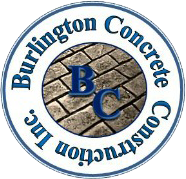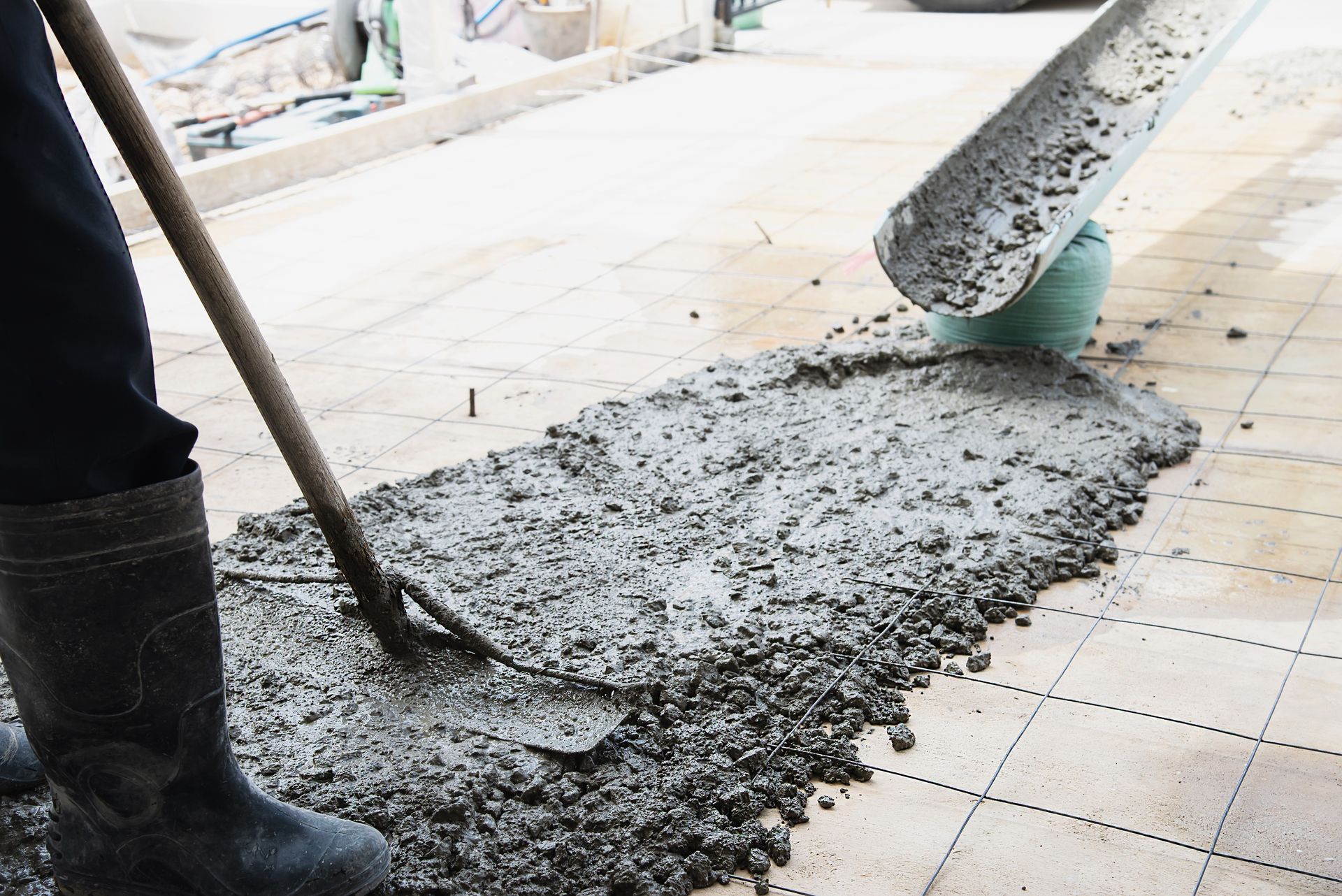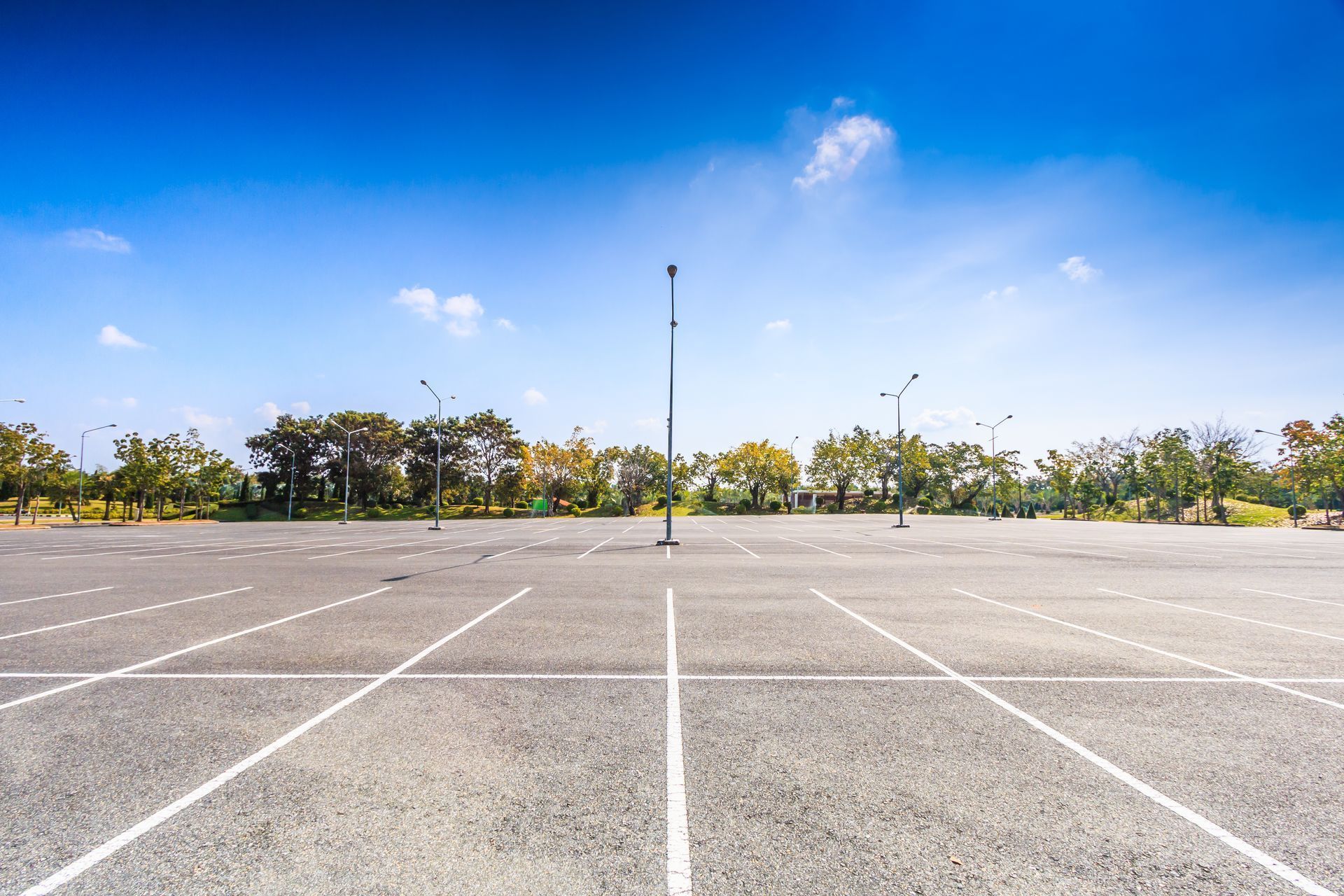How to Prepare Your Site for Concrete Pouring: A Comprehensive Guide by Burlington Concrete Construction Inc.
Concrete pouring is a crucial step in any construction project. Proper site preparation ensures the longevity and durability of the concrete structure. At
Burlington Concrete Construction Inc., located in Jacksonville, FL, we specialize in providing top-quality concrete services. With years of experience, our team is dedicated to ensuring your project is a success. In this guide, we will walk you through the essential steps to prepare your site for concrete pouring.
1. Site Assessment and Planning
Conduct a Thorough Site Assessment
Before any concrete can be poured, it's essential to conduct a detailed site assessment. This involves examining the ground conditions, checking for any existing utilities, and identifying any potential obstacles. Here are the key steps:
- Soil Testing: The soil type significantly affects the concrete's stability. Conducting a soil test helps determine its bearing capacity and whether any soil stabilization measures are necessary.
- Utility Check: Identify and mark any underground utilities such as gas, water, or electrical lines to avoid damage during excavation.
- Site Clearance: Remove any debris, vegetation, or existing structures that might interfere with the concrete pouring process.
Create a Detailed Plan
A well-thought-out plan is crucial for the smooth execution of your concrete project. This includes:
- Blueprints and Designs: Ensure you have accurate blueprints and designs outlining the concrete structure, dimensions, and specifications.
- Scheduling: Plan the timeline for the project, taking into account the curing time for the concrete.
- Permits and Approvals: Obtain any necessary permits and approvals from local authorities to comply with regulations.
2. Excavation and Subgrade Preparation
Excavation
Proper excavation is vital to achieve the desired depth and foundation for the concrete. The excavation process includes:
- Marking the Area: Clearly mark the area where the concrete will be poured using stakes and string lines.
- Excavating to the Required Depth: Excavate the site to the required depth based on the project specifications. Ensure the excavation is even and free from loose soil.
Subgrade Preparation
The subgrade forms the base for the concrete and must be well-prepared to ensure stability:
- Compaction: Compact the soil using a mechanical compactor to create a solid base. Proper compaction reduces the risk of settling and cracking.
- Gravel or Sand Base: Depending on the soil type, you may need to add a layer of gravel or sand to improve drainage and stability.
- Moisture Control: Ensure the subgrade has the right moisture content. Too dry or too wet soil can affect the concrete's performance.
3. Formwork Installation
Choosing the Right Formwork
Formwork is essential for shaping the concrete and keeping it in place until it hardens. The type of formwork depends on the project requirements:
- Wood Formwork: Commonly used for small projects, wood formwork is easy to install and remove.
- Steel Formwork: Ideal for larger projects, steel formwork is durable and can be reused multiple times.
- Plastic Formwork: Lightweight and easy to handle, plastic formwork is suitable for various shapes and designs.
Installing the Formwork
Proper installation of formwork ensures the concrete maintains its shape and dimensions:
- Alignment and Leveling: Ensure the formwork is aligned correctly and level to avoid any deviations in the final structure.
- Bracing and Supports: Use adequate bracing and supports to keep the formwork in place during the pouring process.
- Sealing Joints: Seal any joints in the formwork to prevent concrete leakage and ensure a smooth finish.
4. Reinforcement and Embedments
Installing Reinforcement
Reinforcement strengthens the concrete and improves its load-bearing capacity. Common reinforcement materials include:
- Rebar (Steel Bars): Rebar provides tensile strength to the concrete, preventing cracking and structural failure.
- Wire Mesh: Often used in slabs and pavements, wire mesh distributes loads evenly and prevents shrinkage cracks.
- Fiber Reinforcement: Fiber-reinforced concrete includes synthetic or steel fibers mixed into the concrete for additional strength.
Placing Embedments
Embedments are any fixtures that need to be set into the concrete, such as:
- Anchor Bolts: Used to secure structures like steel columns or machinery to the concrete.
- Conduits and Pipes: Place any necessary conduits or pipes for electrical or plumbing systems before pouring the concrete.
- Expansion Joints: Install expansion joints to accommodate temperature-related expansion and contraction of the concrete.
5. Concrete Pouring and Finishing
Pouring the Concrete
Pouring concrete is a critical step that requires careful attention to detail:
- Mixing the Concrete: Ensure the concrete mix is consistent and meets the project specifications. The mix should have the right proportions of cement, sand, gravel, and water.
- Pouring in Layers: Pour the concrete in layers to prevent air pockets and ensure even distribution.
- Vibrating the Concrete: Use a concrete vibrator to eliminate air bubbles and ensure the concrete settles properly.
Finishing the Surface
The finishing process gives the concrete its final appearance and texture:
- Screeding: Use a screed board to level the surface and remove excess concrete.
- Troweling: Trowel the surface to achieve a smooth finish. For larger projects, use a power trowel for efficiency.
- Curing: Concrete needs to be cured properly to achieve its maximum strength. Cover the surface with curing blankets or apply a curing compound to retain moisture.
Contact Burlington Concrete Construction Inc. for Expert Concrete Services in Jacksonville, FL
Preparing your site for concrete pouring requires meticulous planning and execution. At Burlington Concrete Construction Inc., we pride ourselves on delivering top-notch concrete services in Jacksonville, FL. Whether you're working on a residential driveway or a large commercial project, our experienced team is here to help. We offer stamp and stain concrete, concrete foundation, driveway installation, asphalt seal coating, and more.
Contact us today at
(904) 309-4654 to discuss your project and receive a free consultation. We're ready to apply our knowledge and commitment to your next concrete project.
FAQs
What is the importance of soil testing before concrete pouring?
Soil testing determines the bearing capacity and stability of the ground, ensuring the concrete foundation will be strong and durable. It helps identify any soil stabilization measures that may be needed to prevent future settlement or cracking.
How long should concrete cure before it's used?
Concrete typically requires at least 28 days to cure fully. However, the initial curing period, where it's critical to maintain moisture, is usually the first 7 days. Proper curing helps concrete achieve its full potential strength and durability.
What are the common types of concrete reinforcement?
Common types of reinforcement include rebar (steel bars), wire mesh, and fiber reinforcement. Rebar provides tensile strength, wire mesh distributes loads evenly, and fiber reinforcement adds additional strength to the concrete mix.
Why are expansion joints necessary in concrete structures?
Expansion joints are necessary to accommodate the natural expansion and contraction of concrete due to temperature changes. They help prevent cracking and structural damage by allowing the concrete to move without creating stress points.
How do I choose the right formwork for my project?
The choice of formwork depends on the project size and complexity. Wood formwork is suitable for small projects due to its ease of installation. Steel formwork is durable and reusable, ideal for larger projects. Plastic formwork is lightweight and versatile, suitable for various shapes and designs.

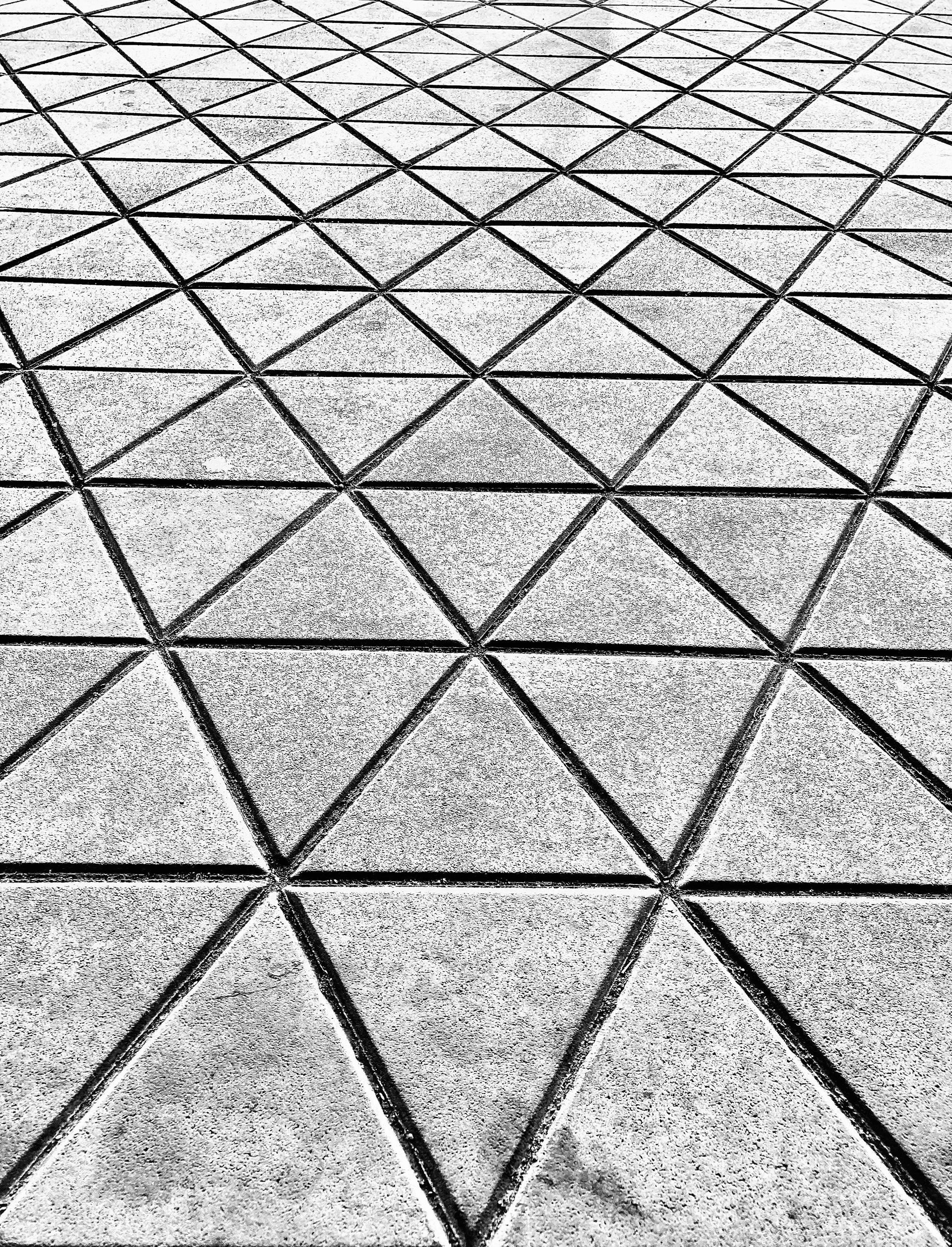
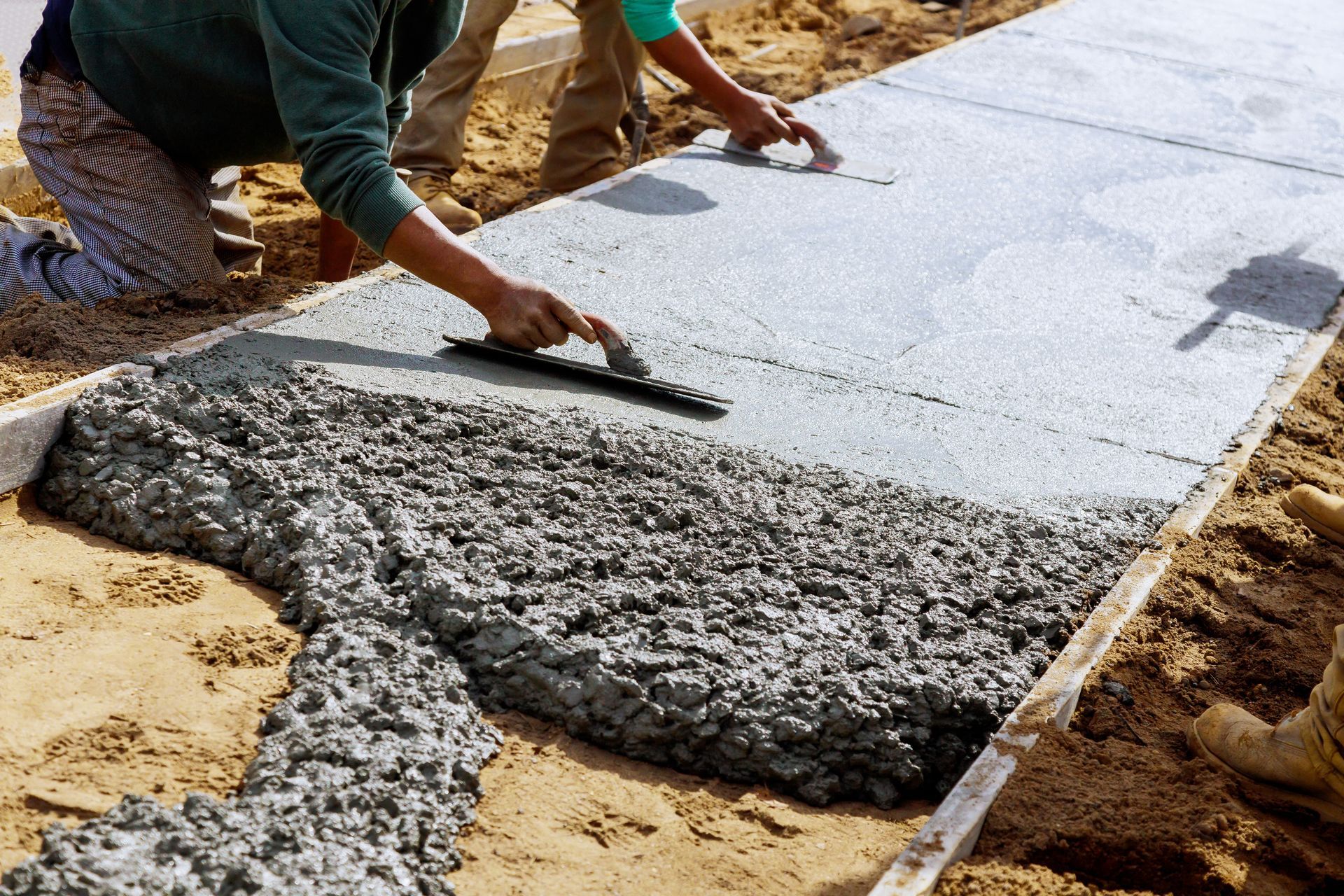

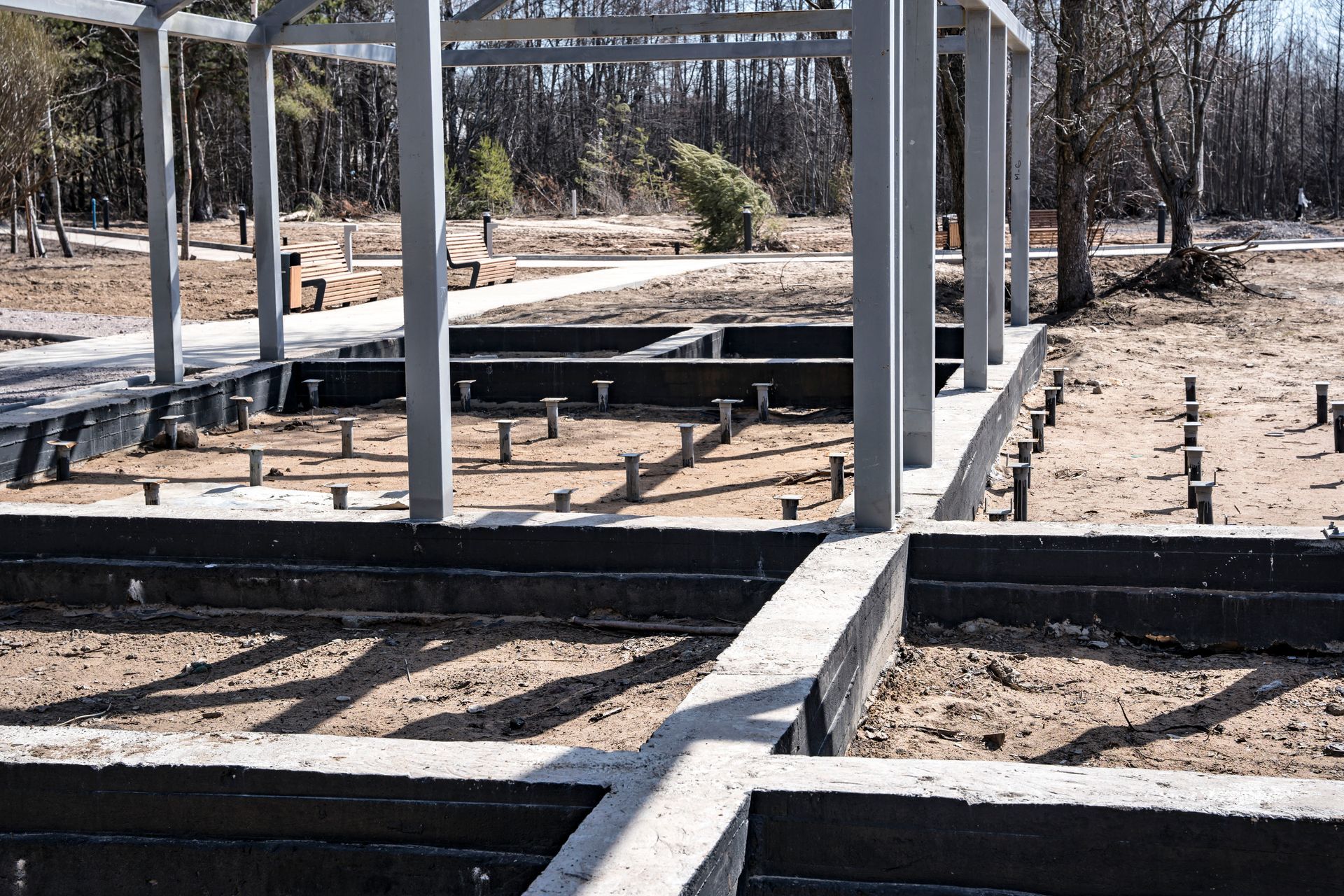
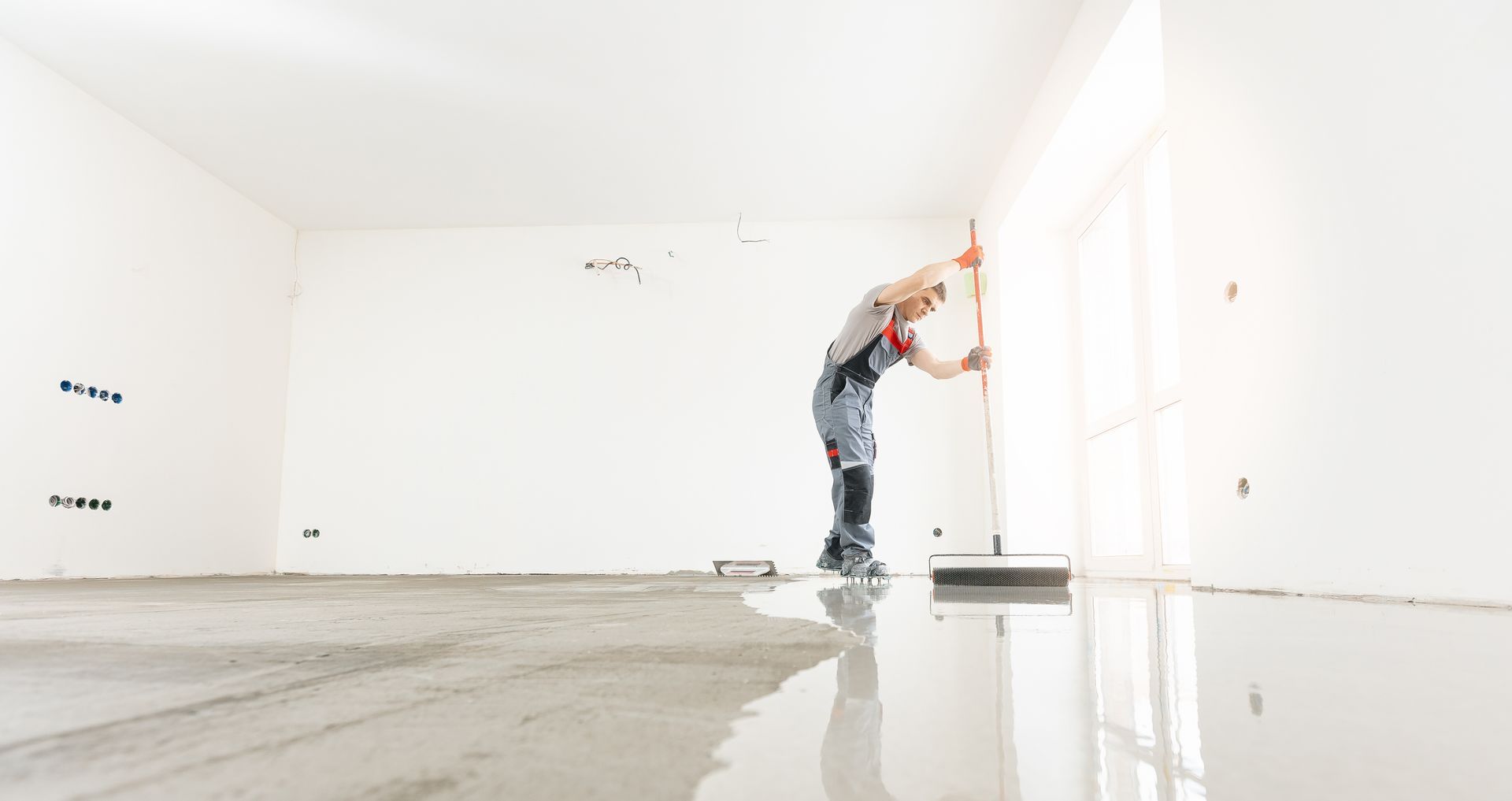
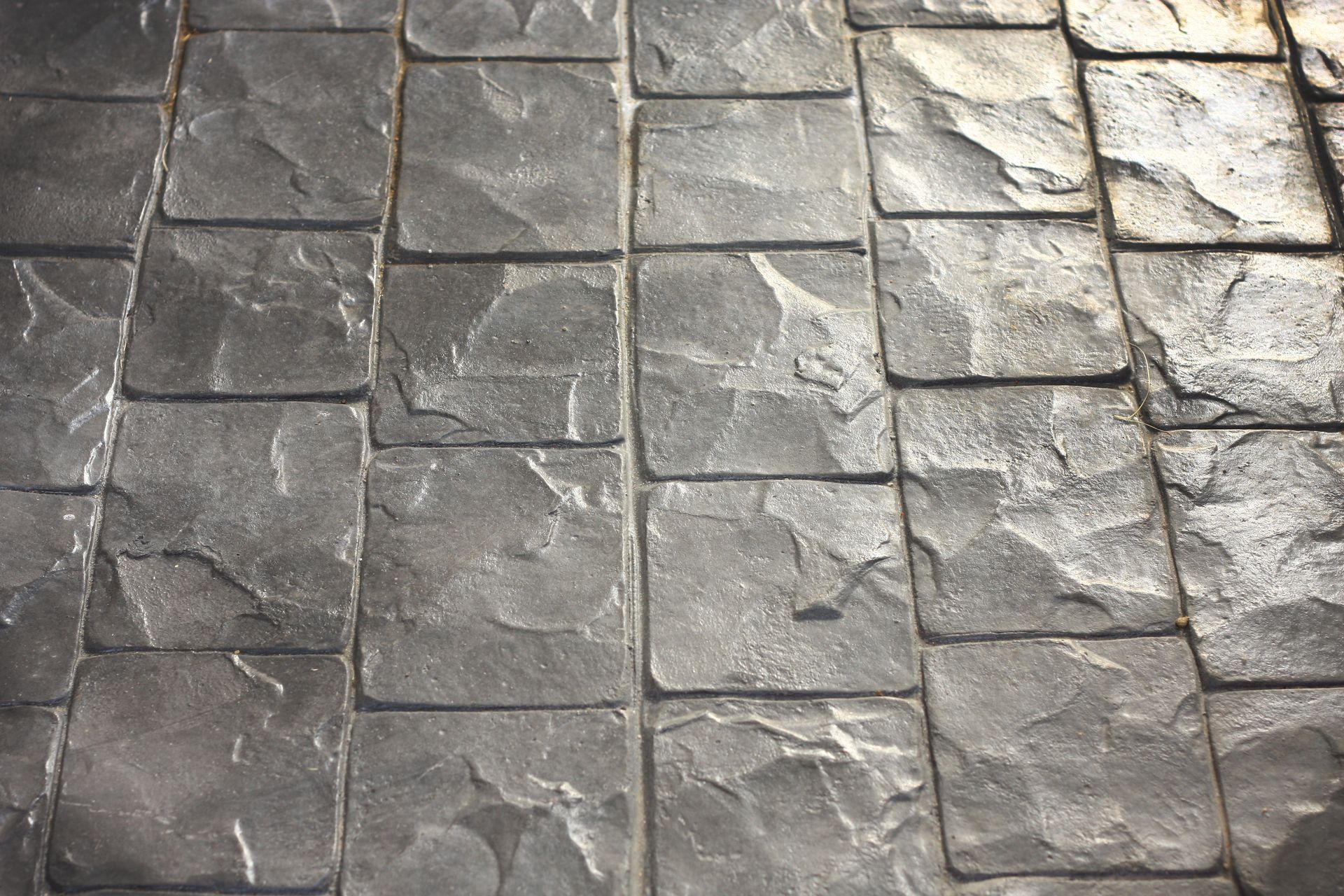

Quick Links
Services
Copyright. Burlington Concrete Construction Inc. All Rights Reserved.
